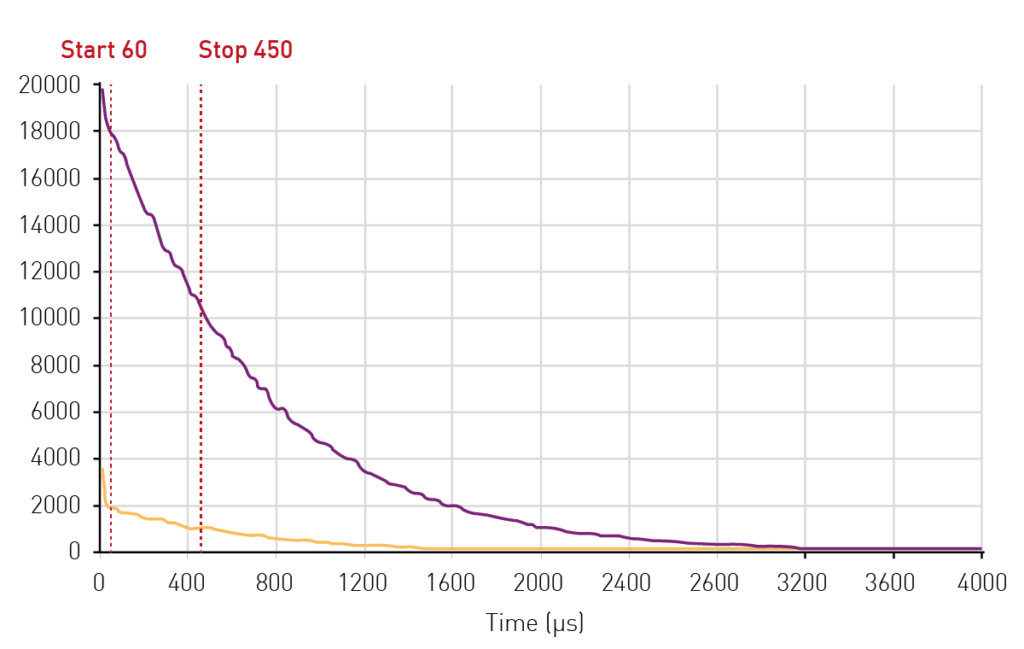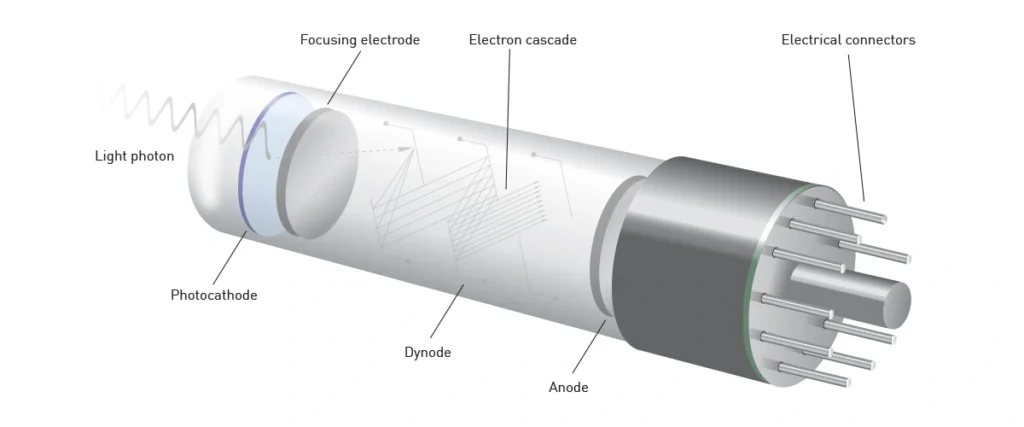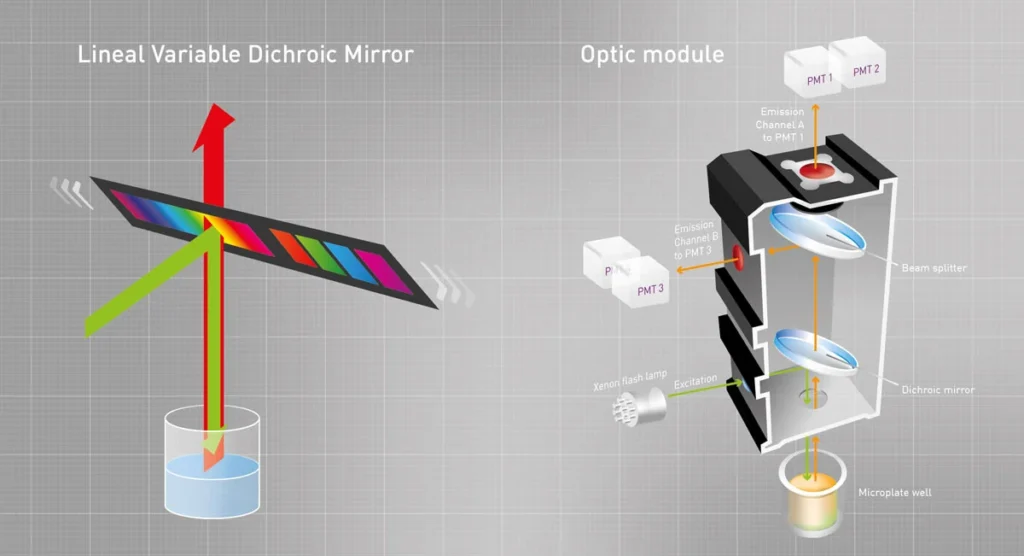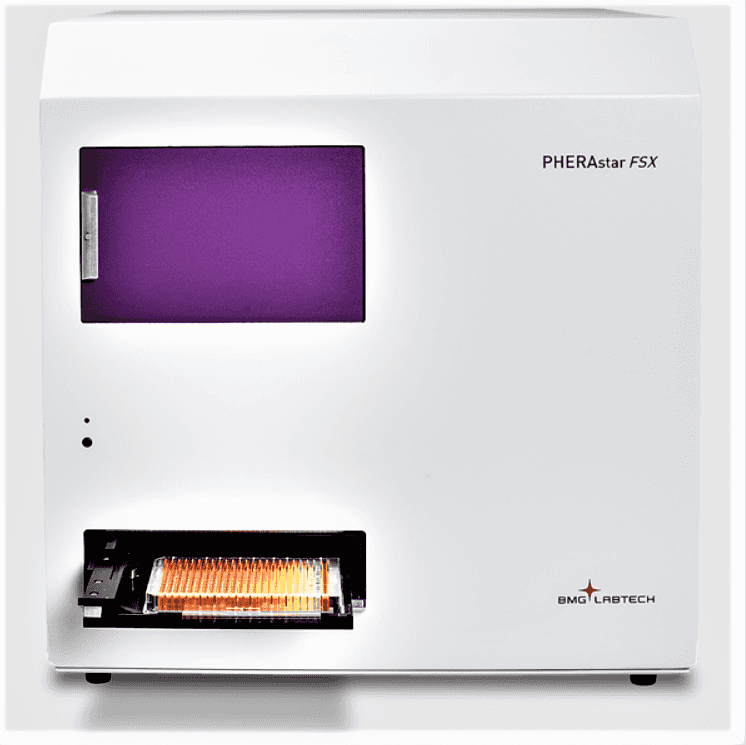BMG Labtech PHERAstar FSX Multi-mode Microplate Reader
Original price was: $19,999.00.$11,999.00Current price is: $11,999.00.-40% OFF
Explore the PHERAstar FSX, BMG LABTECH’s premier microplate reader for high-throughput screening. With advanced detection modes, unparalleled sensitivity, and user-friendly software, it’s the ideal choice for drug discovery and life sciences research. Discover how the PHERAstar FSX can enhance your laboratory’s capabilities.
In stock
Description
The PHERAstar FSX is a high-performance microplate reader developed by BMG LABTECH, a leading manufacturer of laboratory technology. This device is designed for various assays and applications in drug discovery, biotechnology, and life sciences research.
Not only is this instrument very easy to use, but it is also the most reliable and user-friendly instrument in our lab. We use our PHERAstar FSX daily for different fluorescence applications and standard absorbance readings, and it is fast, sensitive, consistent in performance, and reliable. The Microplate Stacker is a huge plus. Just load the plates and walk away. That is how easy and reliable it is
- : AG-BIOTECH INC.
The PHERAstar FSX reader performs all leading non-isotopic detection technologies easily and quickly. Unmatched sensitivity and speed in Fluorescence Intensity (FI) and Fluorescence Polarization (FP) make the PHERAstar® FSX the most sensitive reader today. Moreover, the reader offers an ultrahigh dynamic range in Luminescence, enabling higher flexibility and more precise measurement results.
[embedpress]https://www.youtube.com/watch?v=CZv0CvxExd4[/embedpress]
PHERAstar FSX Features
- The most sensitive reader in Fluorescence Intensity and Polarization
- Fastest read times with Simultaneous Dual Emission, including for Alpha Technology
- 9 decades luminescence dynamic range
- Full absorbance spectra from 220-1000 nm in less than 1 second per well
- Top and bottom reading with focal height adjustment (0.1 mm z-height)
- All microplate formats up to 3456-well
- New generation TRF laser for highest performance
- Dedicated AlphaScreen®/AlphaLISA® laser
- Advanced well scanning with up to 900 data points per well
- Two onboard, high-precision injectors with simultaneous reagent injection and detection
- Includes multi-user control and MARS data analysis software
- Stacker and robot compatibility
Decay Curve Monitoring

Decay Curve Monitoring (DCM) is a fundamental tool for developing TRF, TR-FRET, and AlphaScreen® assay. It enables the collection of fluorophore decay curves for one or two wavelengths with a user-selectable resolution. Assay performance can be improved by altering the measurement delay or signal integration time. Areas in the measurement protocol can also be identified and changed to increase the count rate. DCM is a unique PHERAstar® FSX microplate reader feature.
While other TR-FRET microplate readers provide an integration value for the area under the curve, the PHERAstar®FSX offers much more! For TR-FRET assays, DCM uses a special TRF-dedicated PMT with a direct photon measurement system, allowing microsecond detection.
DCM can be used for TRF, TR-FRET, and AlphaScreen® assays and provides an indispensable tool for assay troubleshooting or performance fine-tuning.
PHERAstar detection system

The PHERAstar® FSX detection system contains two pairs of matched photomultiplier tubes (PMT) used for Simultaneous Dual Emission detection. One matched pair of PMTs is used for fluorescence intensity, fluorescence polarization, and Luminescence. The second matched pair of PMTs has been specifically optimized for Time-Resolved Fluorescence and TR-FRET. UV/vis absorbance is measured using a dedicated CCD.
Dichroic Mirror

If you’ve used a microscope or a filter-based plate reader, you’ve probably heard the term “dichroic” at some point. And if you’ve read the term “dichroic mirror” maybe you’ve always wondered what kinds of other words might follow that term in a sentence but have never made it that far. If you’ve made it this far, you might think, “Why am I bored right now?” but can’t quite put your finger on it. Let’s soldier on to see if we can find out.
Mirrors reflect light (duh.) But there are dozens of types of mirrors. In LCD projectors, mirrors may be designed to reflect some photons toward the viewer and others away, displaying different colors or contrast levels. Perhaps just to the right of this post, you see a banner ad featuring an unsightly paunch with text telling you how to lose 18 pounds in only two weeks. Depending upon your display, a mirror may force you to see that.
But mirrors can do more than ruin your internet browsing experience! A 50/50 mirror, or a beam splitter, can reflect half of the incoming light and let the other half pass through. This is useful if you want to send a little light in two directions. It is useless if your purpose is damaged by having 75% of your useable light-headed in the wrong direction.
With optical engineering, we can create mirrors that preferentially reflect some wavelengths, and, as you might imagine, this has countless uses. Dichroic and dielectric mirrors that can do that. That is why we entertain our cats with laser light or produce telescopes that only operate in the infrared. And they have important roles to play in detection equipment.
In our PHERAstar FSX, we use optic modules that contain dichroic mirrors. They reflect low wavelength excitation light down to the sample but let longer wavelength emission light pass through to the detector. Like so:
Additional features of PHERAstar FSX HTS Plate Reader:
- Optical filters: Top and bottom: free-air optical light path guided by motor-driven mirrors and dichroic
- Z-adjustment: Automatic focal height adjustment (0.1 mm resolution)
- Shaking: Linear, orbital, and double-orbital with user-definable time and speed
- Incubation: +5 °C above ambient up to 45 °C; (incubation chamber upper heating plate operates at 0.5ºC more than lower plate to prevent condensation build-up on sealer or lid)
- Robot-compatible microplate carrier
- Software: Multi-user Reader Control and MARS data analysis software included (FDA 21 CFR Part 11 compliant)
- High-performance module-based optical system with barcode reader
- Four PMT measurement systems optimized for specific modes
- Rapid transport system provides fastest read times of PMT-based microplate readers
- Standard Service Contract for one year, including free software upgrades
- Optional Accessories: THERMOstar, LVis Plate, Stacker
- Upgrades: Speak or chat with a product specialist for information on detection modes, reagent injectors, etc.
Accessories
- Filters and Optic Modules: standard filters from 240 – 850 nm, filters and Optic Modules optimized for specific applications, and bespoke solutions are available
- LVis Plate: microplate for low-volume DNA, RNA, and protein quantification. It includes 16 micro-drop (2 µL) wells, a cuvette slot, and an optional performance-testing feature
- Evaluation Plate: validates the optical functionality of BMG LABTECH microplate readers for quality control and qualification (IQ/OQ) purposes
- Microplate Stacker: optimizes microplate handling and increases throughput by providing rapid loading, unloading, restacking, and continuous feeding for up to 50 microplates
Incubation
- With Advanced Assay Stability (AAS) system: from 18 – 45°C
Dimensions
- With AAS system: width: 48 cm, depth: 68 cm, height: 47 cm; weight: 62 kg
Specification
- Temperature Range: [RT + 5 °C] to 45 °C.
- Wavelength Range: 230 to 1000 nm for ABS, 230 to 900 nm for FI, FP, 230 to 750 for LUM, and 230 to 900 for TRF.
- Resolution: 1 to 10 nm.
- Optical System: Filters
- Light Source:
- High-energy xenon flash lamp,
- Dedicated laser for TRF and TR-FRET,
- True laser for AlphaTechnology.
- Sample Volume: 2 to 350 µL (Each well).
- Spectral Bandwidth: 220 to 1000 nm
- Measuring Time: Varies with the number of flashes and plate size.
- Plate Formats: Up to 3456 Well Plates.
- Well, Shape: All.
The testing we performed:
The BMG PHERAstar FS Microplate Reader passed all tests and was found to be fully functional:
- Power and initialization: PASSED
- Communication and control with software: PASSED
- Tested barcode scanner: PASSED
- Tested plate movement: PASSED
- Tested top and bottom optic options: PASSED
- Tested fluorescence protocol: PASSED
- Tested incubation from 25 to 45C: PASSED
The system consists of:
- BMG PHERAstar FS Microplate Reader
- Computer running control and MARS software
- Communication and power cables.
Configuration and Setup:
- Microplate Format – 6 well to 1536 well (96 and 384 well), user-definable
- Wavelength range, nm: 230-750nm, dependent on the filters installed
- Fluorescence Intensity through the currently installed optic modules
1. FL 530/550
2. FL 485/610/510
3. FL 590/620
Measurement Modes
- Top reading
- Endpoint and kinetic
- Sequential multi-excitation and emission measurements
- Simultaneous dual emission
- Real-time ratiometric

Reviews
There are no reviews yet.